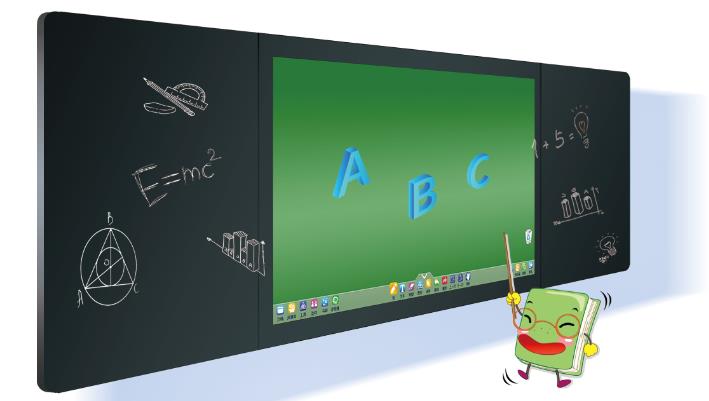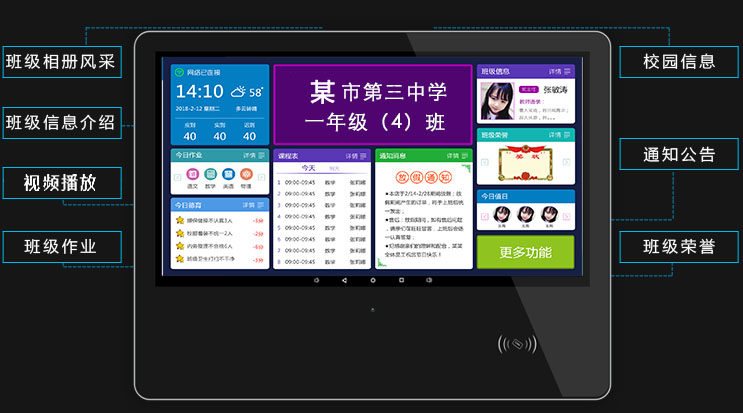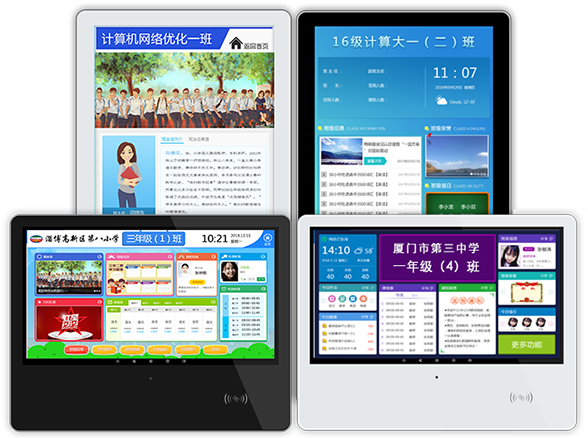



In November 2008, IBM put forward the concept of "smart earth" and set off a wave of global smart movement. Some developed countries have taken the construction of smart cities as a long-term national strategy of scientific and technological development. Smart education, as an important part of smart city, has also attracted the attention of governments, education departments, enterprises and other parties.
First-tier cities are the first regions in China to implement wisdom education and make great breakthroughs
During the 12th five-year plan period, Beijing launched the "smart Beijing" construction project. In 2010, the outline of Beijing's medium - and long-term education reform and development plan was released, emphasizing the use of advanced technology, accelerating the construction of digital campus and educational resources, and promoting the in-depth integration of modern information technology and teaching.
Shanghai is also leading the country in the development of smart education, with China central Europe business school and China unicom launching an ipad-based iCourse courseware system. The system converts traditional paper textbooks into electronic textbooks, and students can read, mark and take notes on the iPad on itto unicom's 3G network. It has been applied in many "smart education" industries, such as "safe campus". With video, positioning and rfid technology as the core, Shanghai unicom provides real-time video monitoring, safe SMS and student positioning services.
In terms of the development of smart education, guangzhou focuses on the construction of digital campus and gradually transforms to the construction of smart campus. In April 2012, the education bureau of guangzhou issued the notice on carrying out the pilot work of smart campus construction in primary and secondary schools, which officially started the construction of smart campus.
The rise of smart classrooms will bring new opportunities to the education industry
1. Market opportunities:
From the perspective of hardware equipment providers, the construction of smart classroom includes IWB, electronic schoolbag, electronic desk and recording and broadcasting system. Among them, the IWB market is developing rapidly. According to the data of AVC, the penetration rate of IWB in the education market has reached 30.1% by 2013, and the growth rate will remain stable at about 20% in the next few years.
2. Market opportunities of e-schoolbag:
In terms of the e-bag market, statistics from the ministry of education in 2012 showed that the number of general education students in urban areas in China was 41 million. Among them, the number of primary school students is 27 million, the number of junior high school students is 14 million, urban schools are the largest potential market of electronic school bags, the potential market size will reach 82.6 billion yuan.
3. E-desk market opportunities:
From the perspective of the e-desk market, statistics from the ministry of education show that there are nearly 870,000 general education classes in urban areas, including 580,000 primary school classrooms and 290,000 junior high school classrooms. The potential market size of e-desk in this market will reach 173.9 billion yuan. From the perspective of the recording and broadcasting market, the penetration rate of the recording and broadcasting system in the general education market is only 5.5%, and there is still a large market space for the market capacity of 3.51 million classrooms in China.
Smart education will boost the value of the entire industry, which will exceed one trillion yuan by 2020. Such a huge market space attracts the participation of manufacturers from IT, educational equipment and system solutions.
As an important hardware provider of intelligent education market, educational equipment enterprises have both opportunities and challenges
Firstly, at present, the construction of smart education mainly focuses on the construction of network and platform, and the construction of background resources in the early stage is the foundation of hardware integration. Therefore, hardware integration still needs some time, and it is only a pilot project in some regions.
In addition, the concept of smart classroom is not clear to users, and the transformation of traditional teaching methods to intelligence requires the joint participation of education departments, schools, teachers and students.
Finally, the increasingly fierce market competition is the most practical problem for educational equipment enterprises at the present stage. How to stand out and get rid of the trouble of price war is an urgent problem to be solved.


Technical parameters of smart nano blackboardI. display requirements:1. Display size: 75, 86 inches,...

Class display device requirements:1. Original LED LCD gauge A or above display screen, display size ...

Class display device requirements:1. Original LED LCD gauge A or above display screen, display size ...